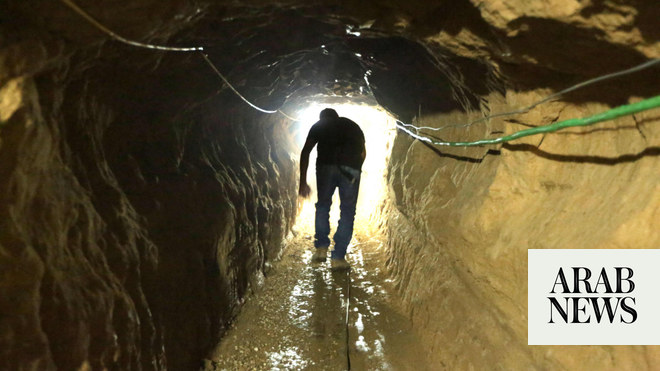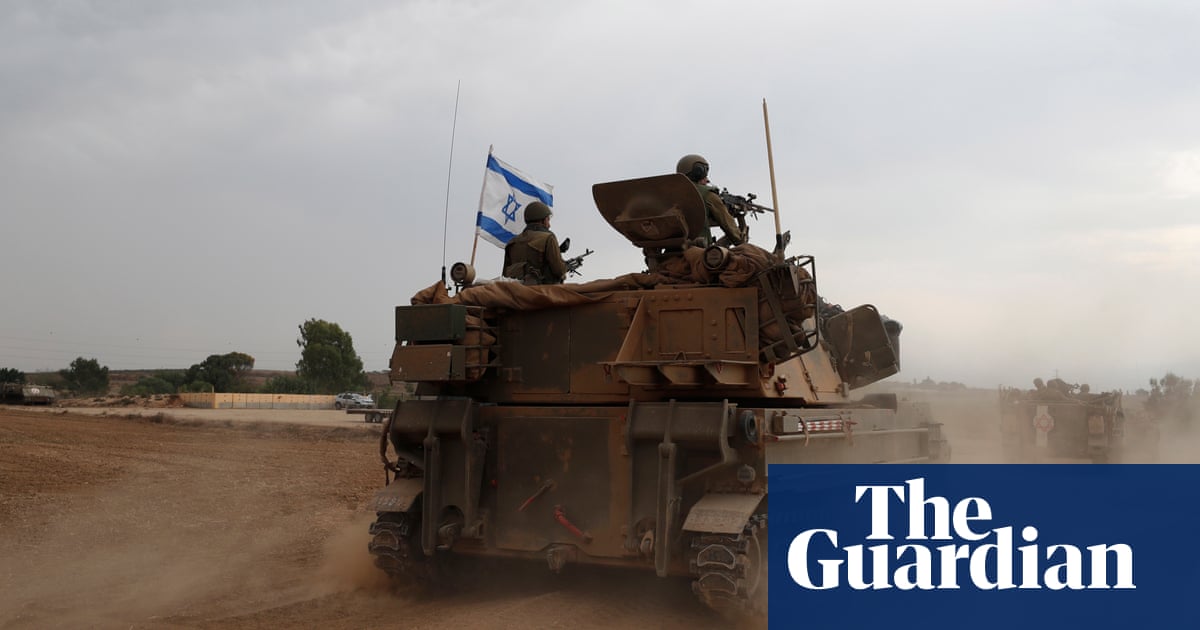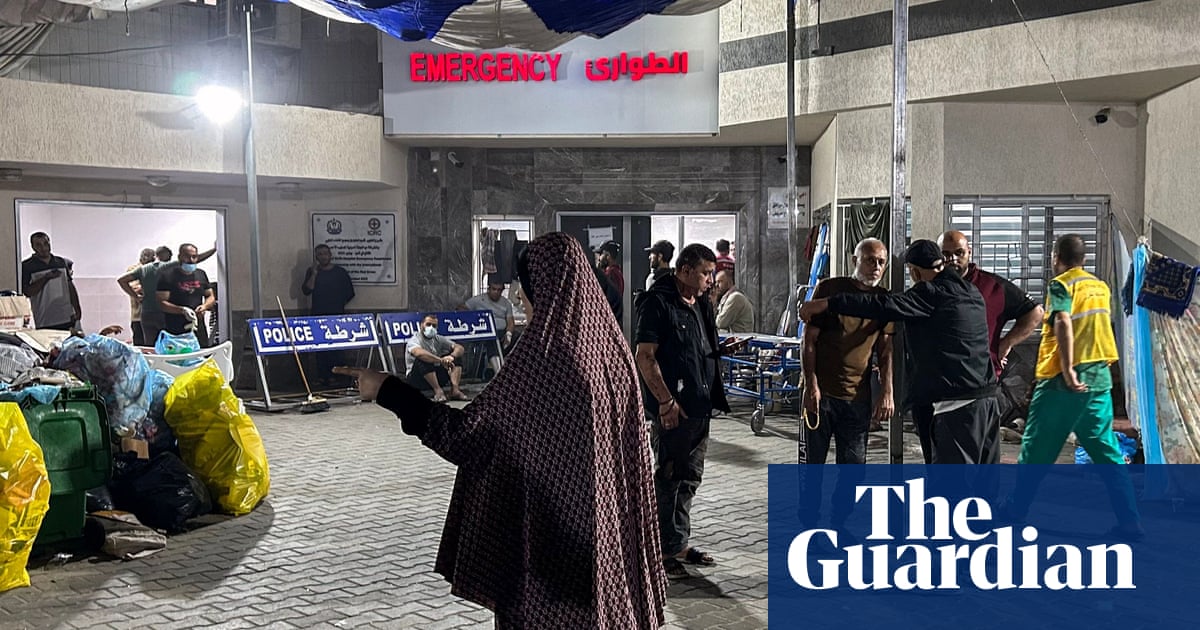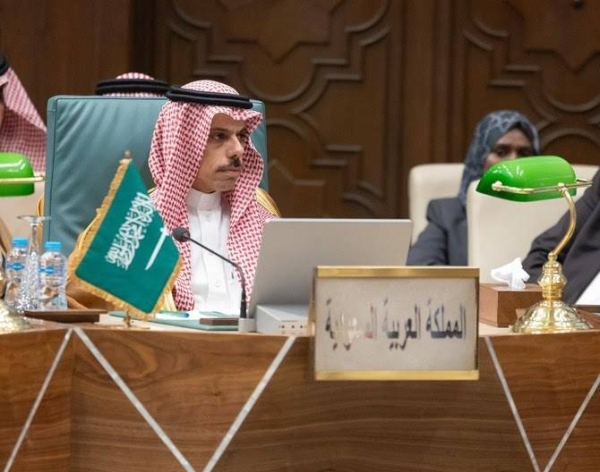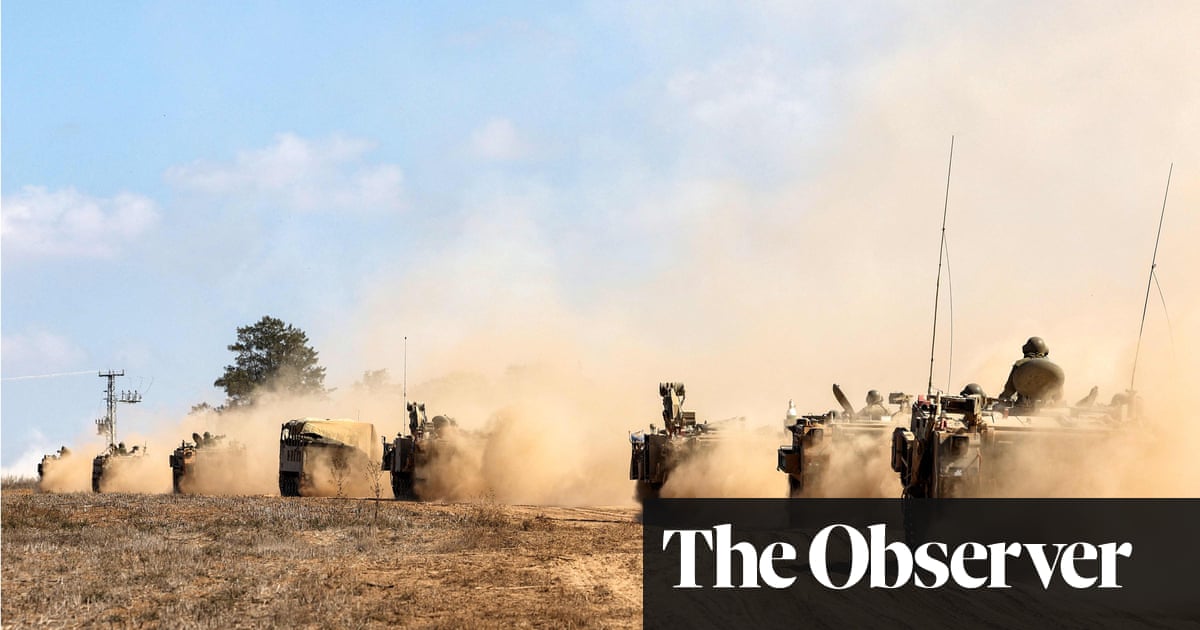
Israel is poised to launch a ground offensive into the northern half of Gaza, an attack that, for all the country’s military superiority, is fraught with uncertainty and whose potential humanitarian consequences are grim.
The military called up 300,000 reservists on Monday to add to its 170,000-strong standing army and has been massing them near the Gaza border. Hamas, it is estimated, can count on 30,000 fighters, perhaps a tenth of the likely invasion force, and it has neither the tanks nor the air power available to the attackers.
Such an overwhelming ratio should give the Israeli Defence Forces (IDF) a high chance of capturing the area of the Gaza Strip, which includes its principal urban centre, Gaza City, from which its leadership ordered 1.1 million Palestinians to evacuate on Friday.
Hamas has long been ready for an Israeli incursion, digging a sophisticated network of tunnels across Gaza intended to allow its forces to survive aerial bombardment. Some tunnels previously discovered by Israel because they went under the border fence are as deep as 70 metres.
The heavily urbanised terrain – the Gaza Strip is one of the world’s most densely populated areas – will also favour the defenders as they try to fight back. Each remaining building will have to be fought over, and heavy mining could further impede the Israelis if Hamas copies the technique used by Russia to blunt Ukraine’s counteroffensive.
Israel, too, has been planning, and if the IDF gains control of the tunnel entrances it is more likely to mine them than try to enter them. But without full control of the subterranean network where Hamas command posts are likely to be based, any military control of northern Gaza will be insecure.
Israel’s demand that Palestinian civilians leave the north also indicates what is likely to be another part of the invaders’ strategy: a brutal attempt to clear the northern sector of Hamas fighters. Its intentions have almost certainly been presaged by what has already been a merciless aerial bombardment, killing more than 1,500 Palestinians, a third of them children.
Whole neighbourhoods, such as Rimal in Gaza City, have been razed. Іsrael’s air force said it had dropped 6,000 bombs on Hamas targets by Thursday, and it hit 750 more targets the following morning. A former UN war crimes investigator, Marc Galasco, noted that was nearly equivalent to the most bombs dropped in a year by Nato forces in Afghanistan: 7,423.
The near certain reality is that a ground invasion will be bloody, and it is possible international political support for Israel, which is high after Hamas’s brutal attack a week ago killed 1,300 Israeli civilians, will dip as more Palestinian civilians are killed or remain trapped without shelter, food or electricity.
There is also the question of what Israel’s medium-term strategy will be if it is able to seize control of the northern half of Gaza. It would be logical to look to the south; an incursion aimed at eliminating Hamas as a controlling force only makes sense if the occupation is total. This was the reasoning, on a larger scale, behind the 20-year, US-led occupation of Afghanistan in response to the 9/11 attacks.
Benjamin Netanyahu, Israel’s prime minister, said on Wednesday that Israel’s goal is to “crush and eliminate” Hamas, but as the governing authority in Gaza it is deeply embedded in its society. HA Hellyer, an analyst with the Royal United Services Institute thinktank, said that to take control Israel would have to “destroy all governing capacity in Gaza” and replace it with a military administration while almost certainly battling an ongoing insurgency.
Hasan Alhasan, a Middle East expert at the International Institute of Strategic Studies, went further, asking at an online seminar on Friday whether “there is any viable military strategy short of a total ethnic cleansing of Gaza that would lead to a permanent defeat of Hamas” and if “Israel is walking into a trap set by Hamas”.
Alhasan’s argument is that Hamas can “regenerate in a generation or two” because it can ultimately draw strength from Gaza’s 2.3 million-strong population, with new recruits nurtured on memories of a violent past. A similar point was made earlier this week by the former MI6 chief Sir Alex Younger: “You cannot kill all the terrorists without creating more terrorists.”




